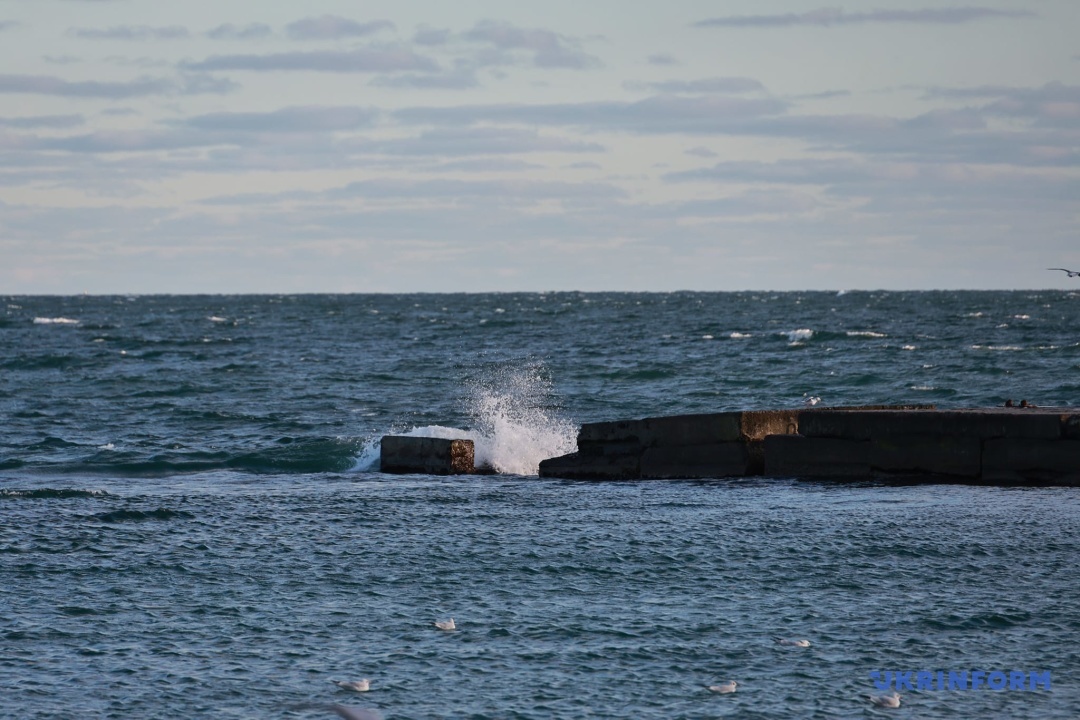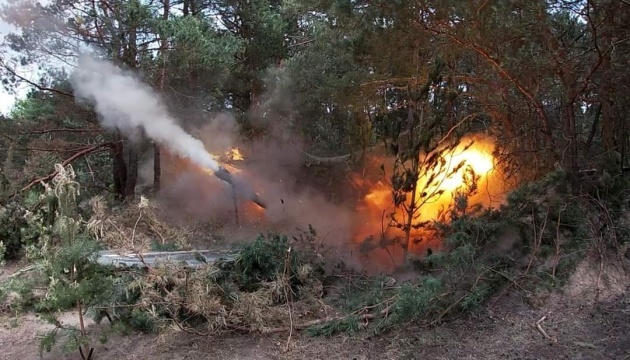Three settlements in Kharkiv region hit by Russian strikes, one person killed
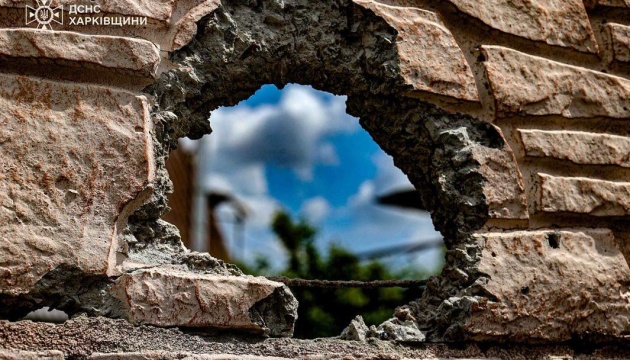


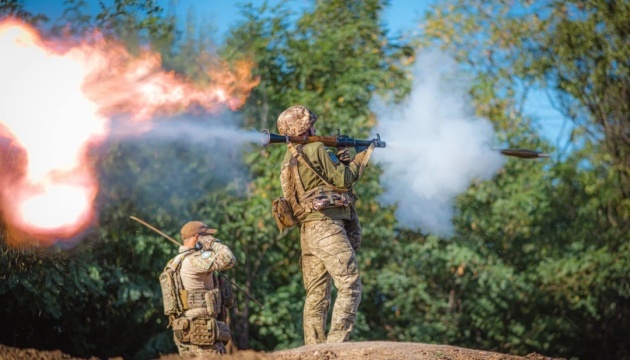



© Copyright 2025 The Associated Press. All rights reserved
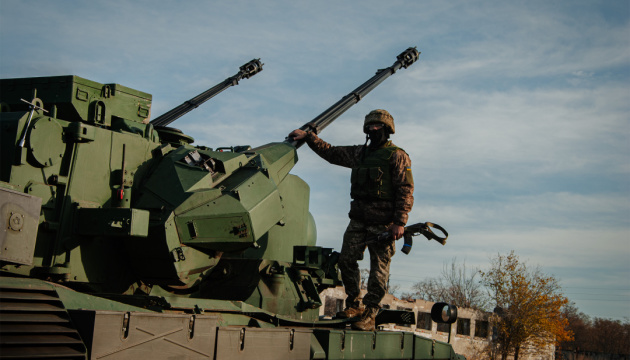

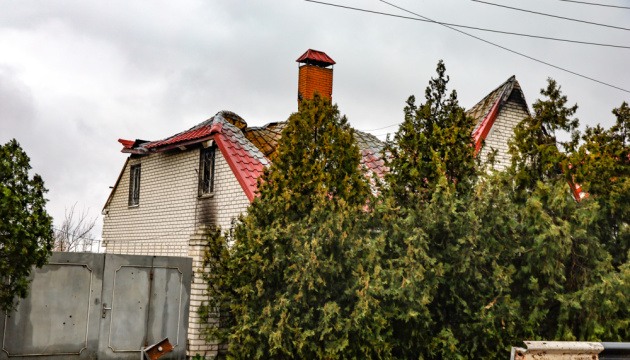

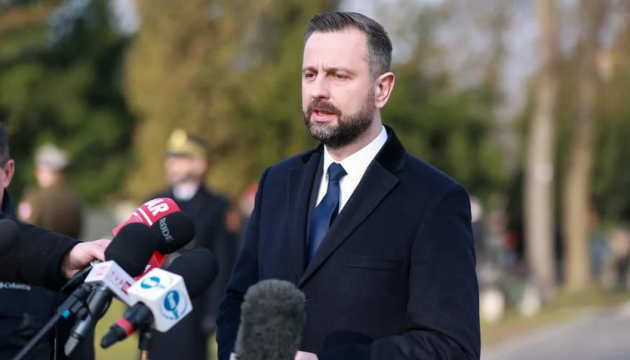

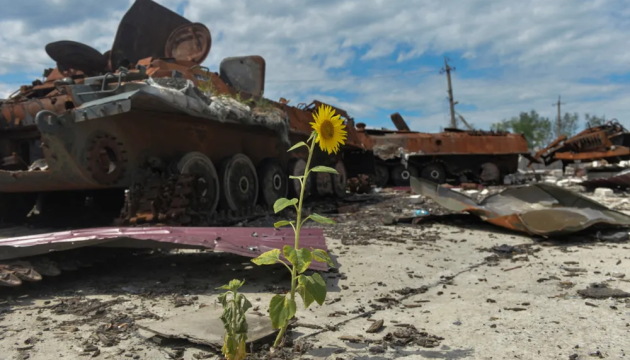

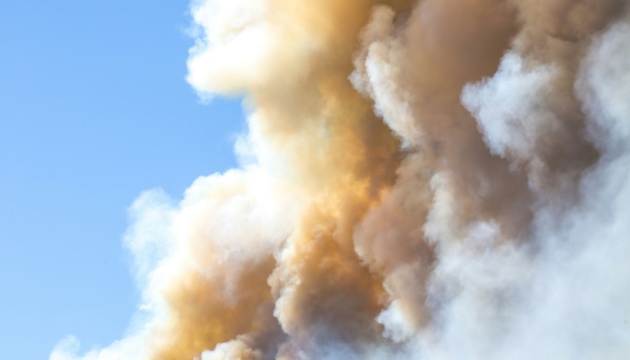



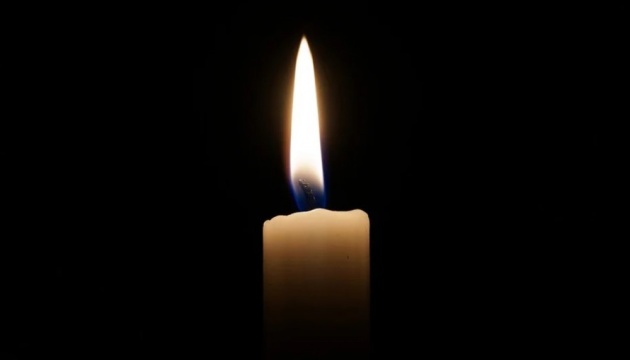

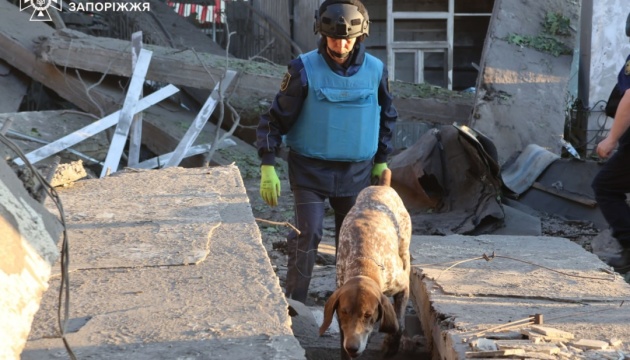

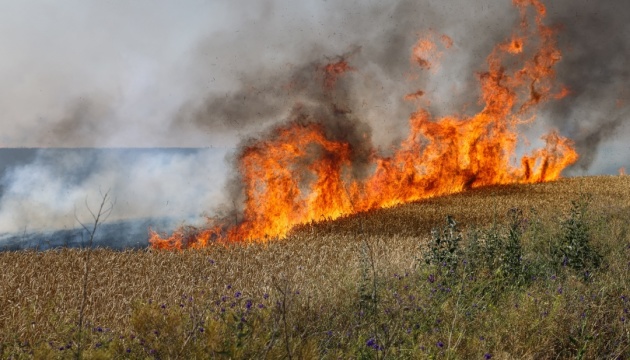





Today, there are interesting updates from the Russian alliance. Here, India, a key member of the Russian BRICS alliance, surrendered to the threat of devastating US sanctions and is about to cut economic ties with Russia. The danger of a heavy economic hit had an immediate effect, putting another nail in the coffin of what was advertised by the Russians to be an alliance that would dominate world politics and economics.
India has dramatically folded under US economic pressure, triggered by the US imposing a 25% tariff on Indian goods over New Delhi’s continued purchase of Russian oil and military equipment. US President Donald Trump also threatened with additional penalties over this continued practice by India and mentioned that the tariffs could rise to 100% if necessary.
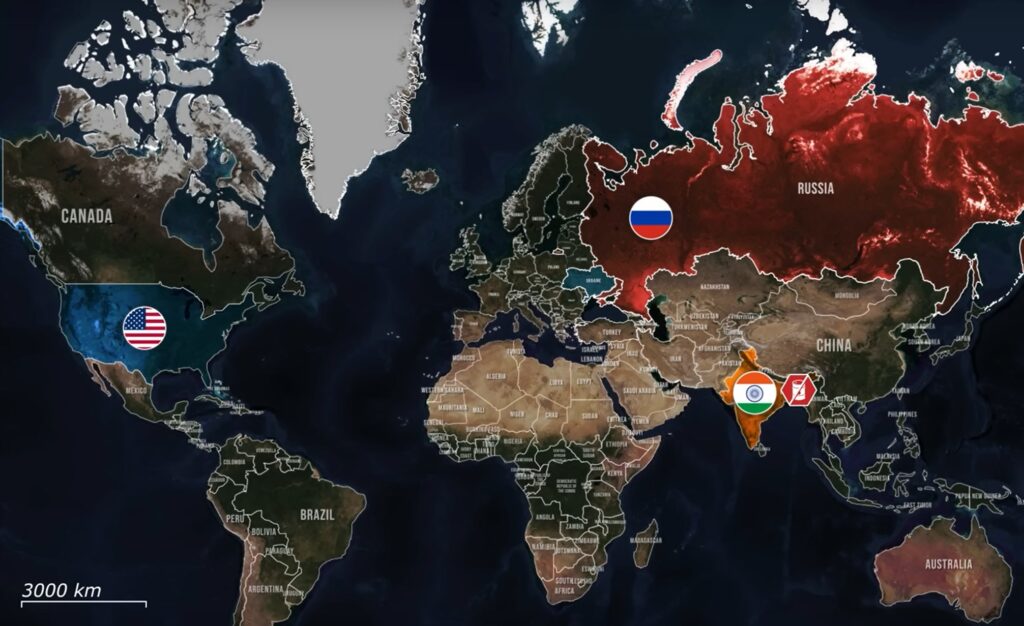
The US’s announcement severely impacted India’s strategic planning, given that the United States remains India’s largest trade partner, accounting for roughly 18% of its exports, with bilateral trade totaling $186 billion in 2024 and 2025. With a $41 billion trade surplus and significant service-sector revenues at stake, India’s margins risked severe erosion if the proposed tariffs materialized.
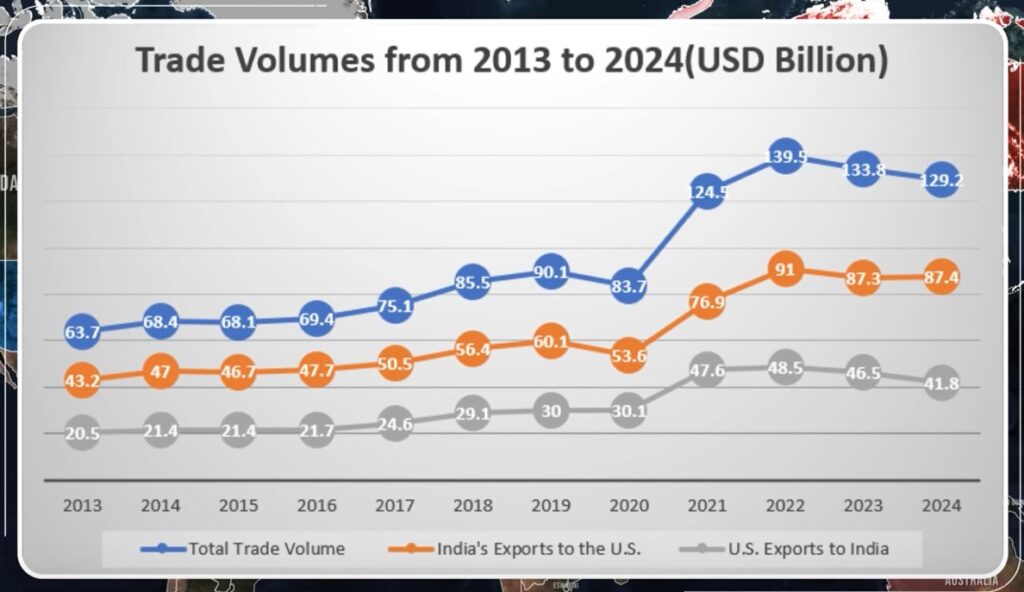
Facing the clear and immediate danger of substantial economic harm, Indian state refineries swiftly ceased all purchases of Russian crude oil. Prior to Trump’s ultimatum, India imported roughly 87.4 million tons of Russian oil annually, forming about 35% of its total crude imports, worth approximately $50.2 billion. This sudden reversal is a strategic blow to Russia, as Indian refiners—especially state-run enterprises controlling more than 60% of India’s 5.2 million barrels-per-day refining capacity—were major buyers of Russian oil.
Indian companies like Indian Oil and Bharat Petroleum have shifted to immediate delivery markets, rapidly replacing Russian crude primarily with Middle Eastern varieties from Abu Dhabi and West Africa at an impressively quick rate. India’s abrupt reversal significantly undermines Russia’s economic position; following Europe’s embargo on Russian energy, India emerged as Russia’s single largest oil importer, acquiring around 1.8 million barrels per day at its peak. Bilateral trade between India and Russia had surged to over $65 billion in 2024, mostly fueled by oil and fertilizer sales.
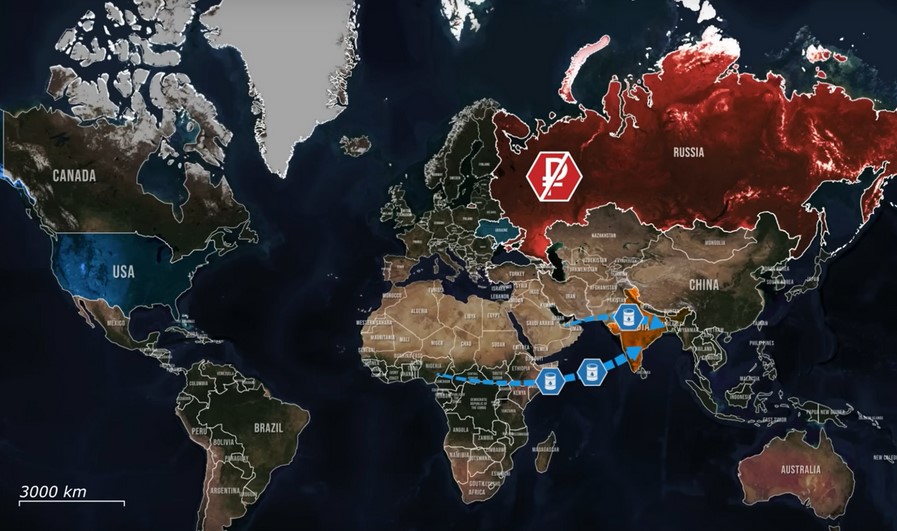
Now, with India withdrawing from major Russian oil deals, Moscow faces an imminent crisis as they must rapidly seek alternative markets. Otherwise, Russia would have to deal with selling now large unsold stockpiles through steep discounts, creating an even more severe budget deficit, already expected to reach over $100 billion by the end of the year, and further undermine its already strained wartime economy.
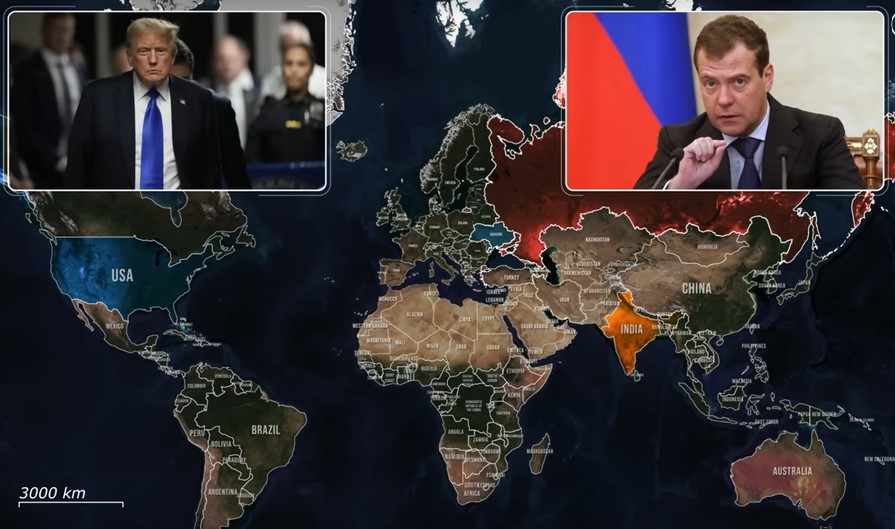
Ironically, India’s announcement arrived just hours after a bold statement by former Russian President Dmitry Medvedev, who publicly mocked Trump’s threats, confidently dismissing concerns over US tariffs. Trump had earlier mocked Russia and India as “dead economies”, declaring indifference toward their economic fates and directly warning Medvedev against further provocations. The swift Indian capitulation underlines a broader geopolitical implication: despite Moscow’s ambitious claims about the rise of a BRICS-led order, the reality remains starkly different.
In our regular frontline report, we pair up with the military blogger Reporting from Ukraine to keep you informed about what is happening on the battlefield in the Russo-Ukrainian war.
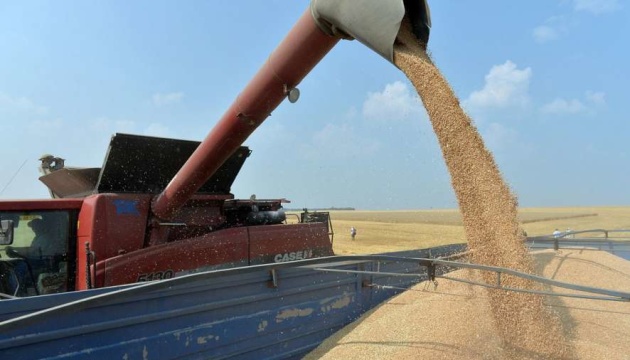


Trump turns to peacemaking in his latest effort to grasp Obama’s global acclaim. He’s not yet found any success, writes John Bowden

© Copyright 2025 The Associated Press. All rights reserved.
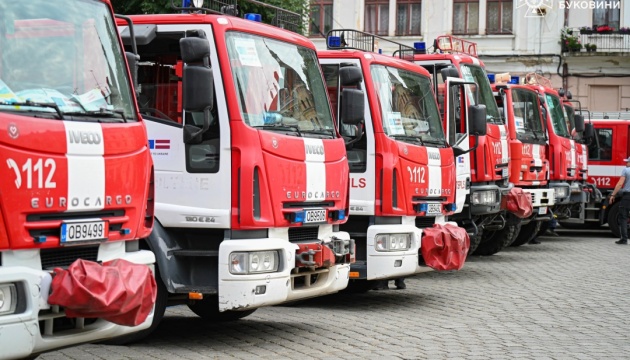

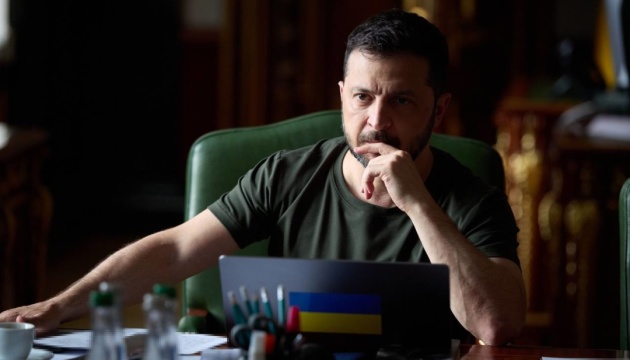

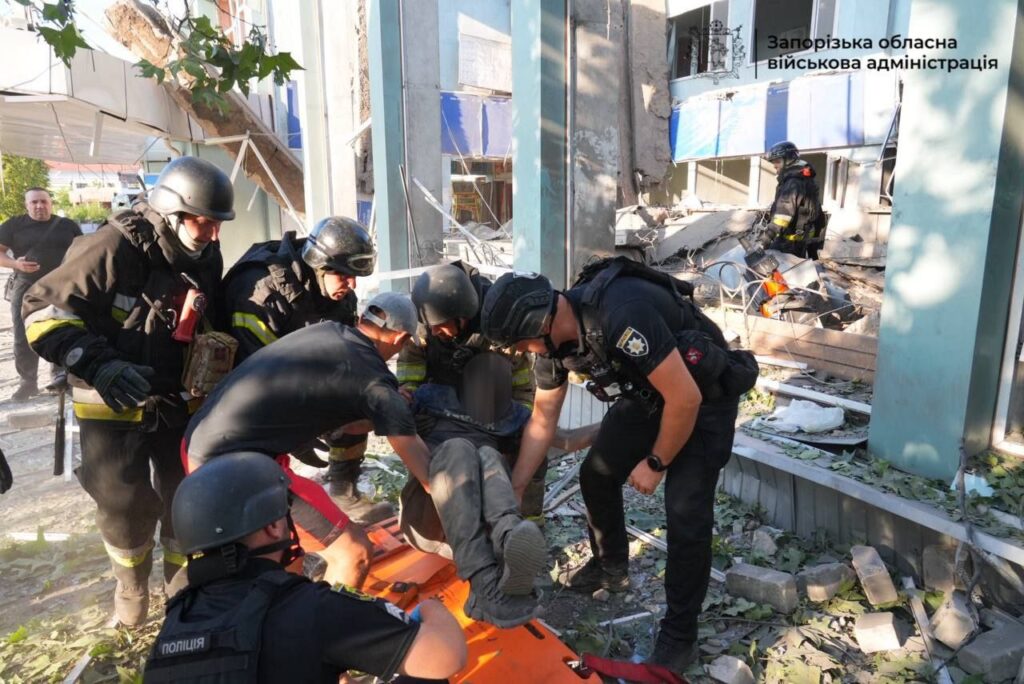

Russian forces struck the major Ukrainian industrial city of Zaporizhzhia on Sunday evening, hitting its Central Bus Station and a medical university clinic with guided aerial bombs (KABs). The attack injured 20 people and damaged multiple buildings, according to local authorities.
The strikes occurred just days before a high-stakes meeting between US President Donald Trump and Russian President Vladimir Putin in Alaska on 15 August. The summit—expected to address the war in Ukraine—has prompted warnings from Kyiv and European leaders that no peace deal should be negotiated without Ukraine’s direct participation.
Zaporizhzhia Regional Military Administration head Ivan Fedorov said one KAB hit the Central Bus Station and another exploded near the Zaporizhzhia Medical University clinic. Both locations sustained structural damage. Initial reports suggest no one inside the clinic was hurt.
Russian forces hit Zaporizhzhia’s bus station & a medical clinic with 2 guided bombs, injuring 20.
— Euromaidan Press (@EuromaidanPress) August 10, 2025
Strike comes 5 days before the Trump–Putin summit.
Security video captures a glide bomb striking the station.
Video: Ivan Fedorov pic.twitter.com/iJSl2ssfhx
Authorities confirmed 20 civilians were injured, suffering multiple blast wounds to limbs, heads, and abdominal areas. Rescue workers, medics, and police are on the scene.
President Volodymyr Zelenskyy condemned the strikes as part of Russia’s ongoing war of destruction:
“Across the entire front line and in our border cities, Russia continues to take lives. They are not seeking peace — they are seeking a way to kill Ukraine. If Russia does not want to stop the war, then its economy must be stopped.”
He called for stronger sanctions and greater international pressure, particularly from the United States and Europe.
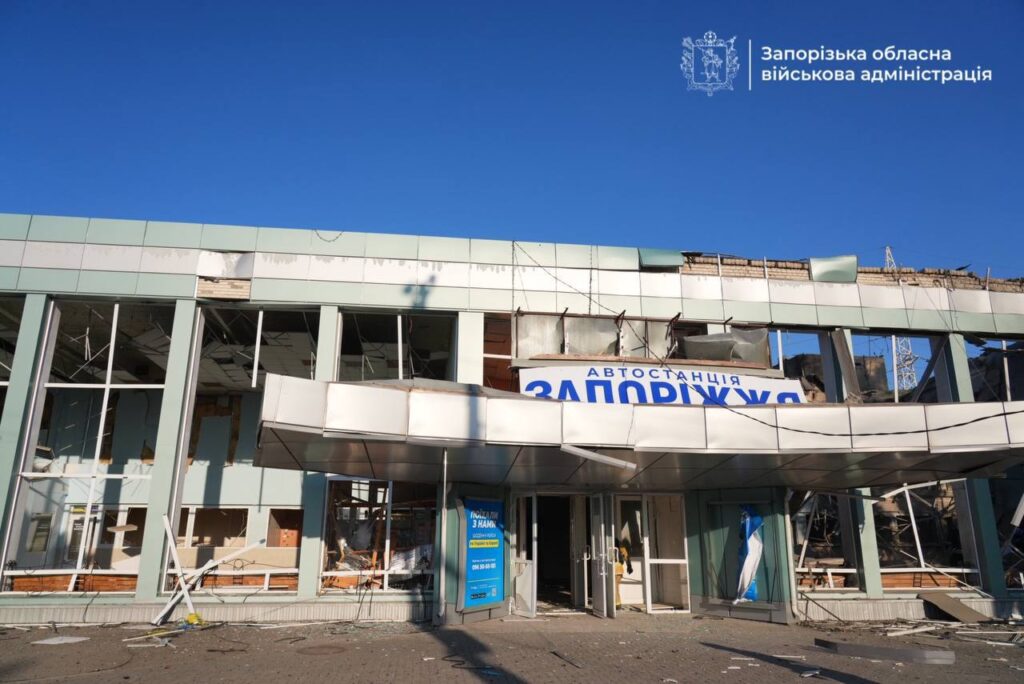
A day earlier, on 9 August, Russian shelling in Zaporizhzhia Oblast killed three people and wounded another, police said. Over the past 24 hours, Russian forces have attacked 15 settlements, launching nearly 500 strikes with aircraft, artillery, multiple-launch rocket systems (MLRS), and drones.
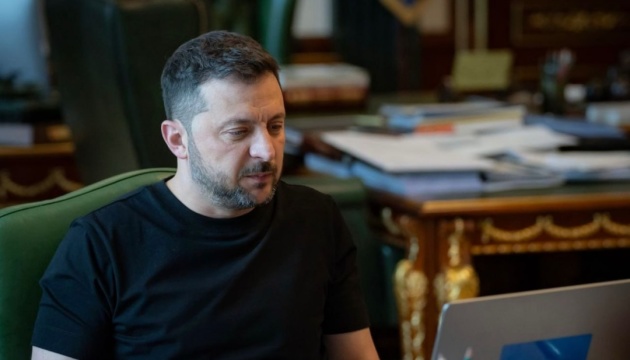



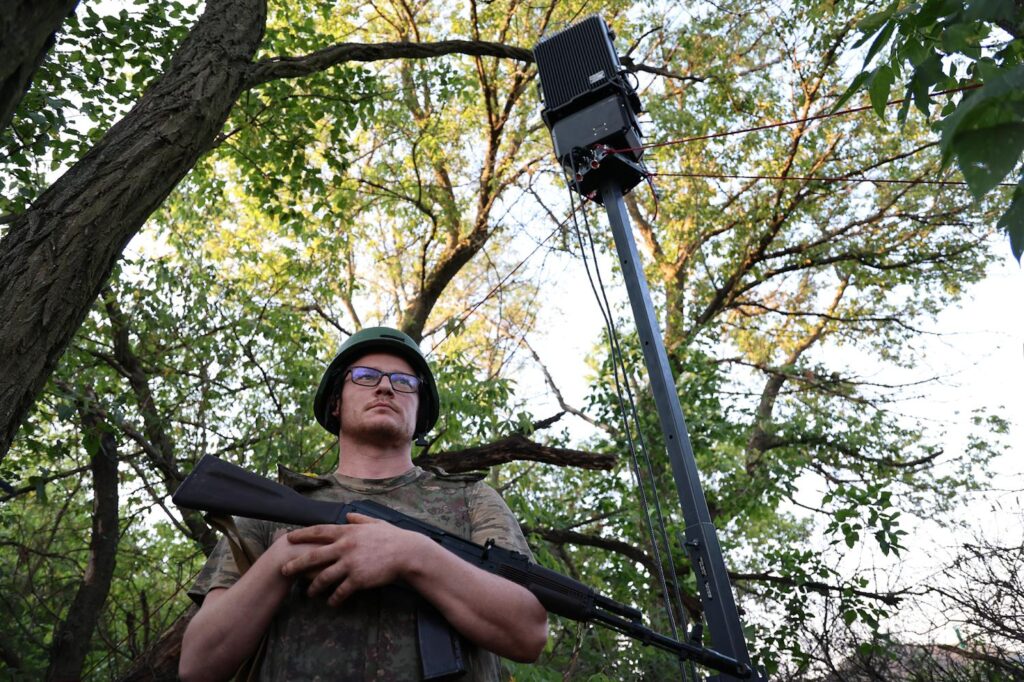

A patchwork of Ukrainian drone units is dug in along a battered stretch of the Donetsk front, near the border with Dnipropetrovsk Oblast. Russian assaults have intensified in recent months as Moscow pushes to widen the battlefield and sap Ukrainian defenses.
From makeshift bunkers and trenches, drone operators now work around the clock to fend off infantry advances and fast-moving motorcycle charges.
Deep inside a narrow dugout, Vladyslav – known by his callsign “Vitamin” from the 141st Separate Mechanized Brigade – monitors the generator powering an electronic warfare system known as “Damba,” designed to disrupt incoming enemy drones.
“This device is used against [First-Person View] FPV drones,” he explains. “When a Russian drone is flying, the guys in the RPU intercept its frequencies and take over control. They switch on Damba and jam it.”
Vladyslav, who transferred to this position in March after serving with the 87th Battalion, now monitors and maintains the Damba system.
“My task is to make sure it’s running. If there’s a failure, they message me in the chat. I’ll go reset it or check if a branch hit the antenna.”
The system, he adds, isn’t overly complicated to manage, but it’s essential.
“The work isn’t hard, but it’s necessary. At minimum, it takes two people. You can’t be here alone.”
Above ground, in camouflaged bunkers nearby, a small crew sits behind computer monitors, mapping the skies.
“They adjust the altitude, intercept the video feed, and calculate the direction. One handles the video, another tracks location, and a third jams the signal,” says Vladyslav.
Typically, the system targets FPV drones flying at altitudes of around 150 meters. “They set it to 160, and that’s it. It hits them.”

But even as they jam Russian drones, they must tread carefully to avoid interfering with their own. “Our drone guys ask us not to touch certain frequencies. They’re flying too. We leave those untouched.” When properly coordinated, electronic warfare systems like Damba won’t disrupt Ukraine’s own drone flights.
“You can’t jam everything at once – it only works on certain frequency bands,” explains Lyuba Shipovich, CEO of Dignitas Ukraine.
Still, there’s a risk. “The Russians might see which frequencies we’re not touching and guess where the system is placed,” he admits. “But Damba can hit from 200 meters to 2 or 3 kilometers away. It’s designed so they can’t pinpoint where it is.”
The team is operating from a fresh position with newly deployed equipment. “These are two new Dambas. We’ve never been at this spot before,” he says. “This is our fifth day here.”
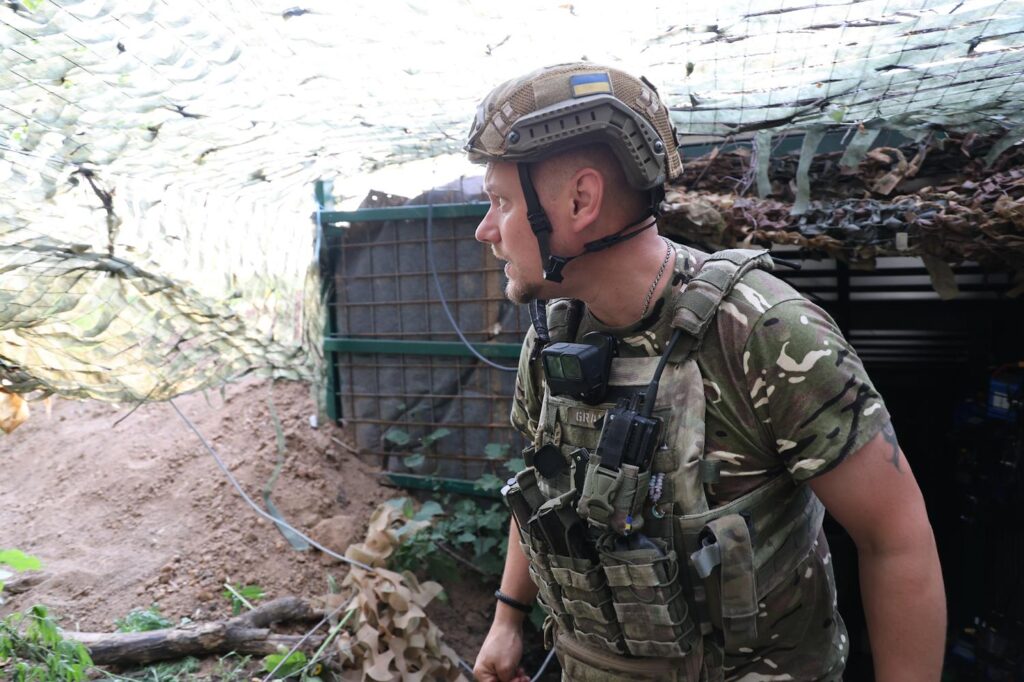
They are just one node in a far larger web of electronic warfare tools that Ukraine is racing to deploy across the front. One Kyiv-based firm, Kvertus, is working to create a 1,500-kilometer “drone wall” made up of thousands of detectors and jammers.
Known as Atlas, the system would offer a unified battlefield picture and the ability to jam incoming FPV drones at scale.
The company’s Mirage jammers were designed after operational experience with foreign systems showed limitations. Each unit can disrupt signals from 0 to 6,000 MHz and can run for up to 20 hours. Importantly, they operate autonomously and don’t require soldiers to manually activate the jamming.
“Too many people have died like that,” says Serhii Skoryk, a former officer who now helps lead Kvertus. “Even the smallest drones can fly at 80 miles per hour, so every minute counts.”
But building a wall of jammers is only half the battle. “It’s a constant cat-and-mouse game,” says Shipovich. Frequencies on the battlefield are not static. “They can change within a single day. If the enemy sees that a frequency range like 5.2 GHz isn’t jammed, they’ll start using it.”
Even within a single frequency band, there are thousands of combinations to account for and power matters. “If your radio signal is stronger than the jammer’s, it can still overcome interference,” she adds.
“Both sides are trying to build an EW wall,” Shipovich says, “but it’s not a literal wall, it’s a contested network of jammers that must constantly evolve to survive.”
Ukrainian units are also combining jamming with direct attacks.
“We’ve had missions where fiber-optic drones were used to strike targets after deploying EW beacons,” said Bohdan, also known as “Bandera,” a drone pilot from the Unmanned Systems Battalion of Ukraine’s 110th Separate Mechanized Brigade.

For Vladyslav, the enemy threat remains constant on the front. “Same strikes, same shelling,” he says with a shrug. “It’s not scary anymore. I’ve gotten used to it.”
His first deployment in early 2024 was much different. Back then, he was part of an engineering battalion working in Zaporizhzhia Oblast. “I was a camouflage specialist. It was the scariest time,” he recalls. “There were no bunkers, nowhere to hide. We just ran.”
One time, he says, he got caught in barbed wire and couldn’t free himself. “I had to cut myself loose with medical scissors. Sliced up my pants.”
Now the nature of war has changed.
“This isn’t a traditional war. It’s a war of drones,” he says. “A war of technology.”
Drones are everywhere, and soldiers like Vladyslav can’t sleep without the background noise of explosions. “I can’t fall asleep if it’s quiet,” he admits. “When I went back home for a few days, I couldn’t sleep the first night.”
What scares him most isn’t what he sees. It’s what he doesn’t.
“The worst sound is the one I don’t know where it’s coming from. If I’m in a bunker and can’t tell where the danger is, that’s when it’s scary.”
Tanks are terrifying in their own right, he adds, but in a different way. “You don’t hear the shot. You only hear the impact. You don’t know when it’s coming.”
He laughs about it now, but only half-seriously. “I’m not scared when our tank is working. That’s fun. But then it leaves. And the Russians don’t know it’s gone. So they fire back.”
As the interview wraps up, the system beeps. “There, it activated,” he says, pointing to the Damba. “They’ve set the altitude. That means a drone is either in the air or about to be.”
Then, calmly, he adds, “It’s being jammed already.”
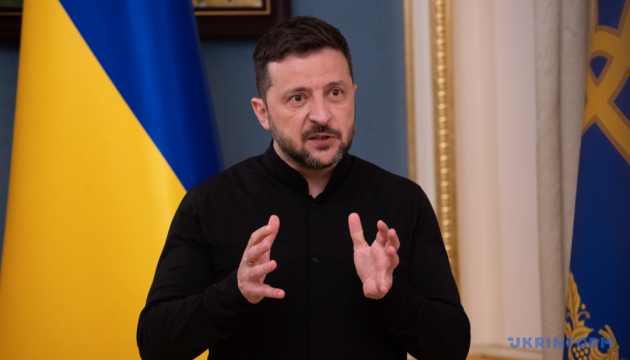



The United States will no longer finance the war in Ukraine and is determined to push for its swift conclusion, Vice President JD Vance said in a Fox News interview on Sunday.
Just days before a highly anticipated summit scheduled for 15 August in Alaska between US President Donald Trump and Russian President Vladimir Putin, Washington is working to explore a ceasefire and potential peace agreement. Trump has openly suggested the discussions may involve “some swapping of territory” — a proposal firmly rejected by Ukraine and its European allies.
“If Europeans want to take the lead and buy weapons from American manufacturers, we’re fine with that — but we won’t be funding it ourselves anymore,” Vance said.
Vance confirmed the US is working to coordinate talks between Trump, Putin, and Ukrainian President Volodymyr Zelenskyy, though he said a Putin–Zelenskyy meeting before the Trump–Putin summit would likely be unproductive.
“Of course, we condemn the invasion and dislike the current situation, but peace must be achieved — and the only way to do that is to sit down and talk,” he said.
He added that while Trump is skeptical about the chances of success, the President believes talks should be given a chance.
Vance emphasized that Washington seeks a settlement based on the existing line of contact, noting that “both sides will likely be unhappy” — a sign, he said, of a real compromise.
Trump has claimed Russia and Ukraine are close to a ceasefire that could end the three-and-a-half-year-old conflict, potentially requiring Ukraine to cede significant territory. Discussions on a possible territorial exchange are expected to continue in the coming days.
Zelenskyy, however, insists Ukraine cannot violate its constitution on territorial matters and that “Ukrainians will not gift their land to the occupiers.”
Vance also said Trump is considering sanctions against China for importing Russian oil but has not yet made a final decision.
A White House official confirmed that Trump is open to a three-way summit with Putin and Zelenskyy but is currently preparing for the bilateral meeting requested by Putin.
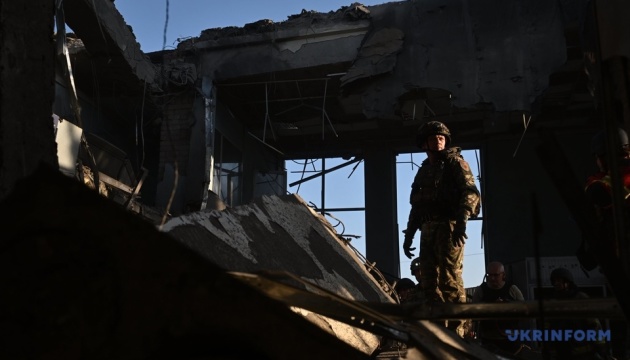


American vice-president also vows that Putin and Zelensky will be ‘forced’ to meet by Trump

© Ukrainian Presidential Press Service/AFP/Getty/Sputnik
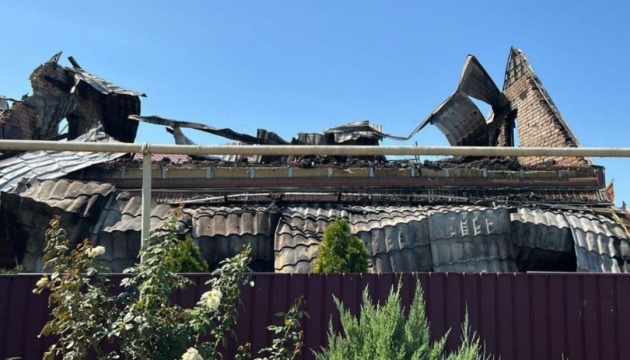



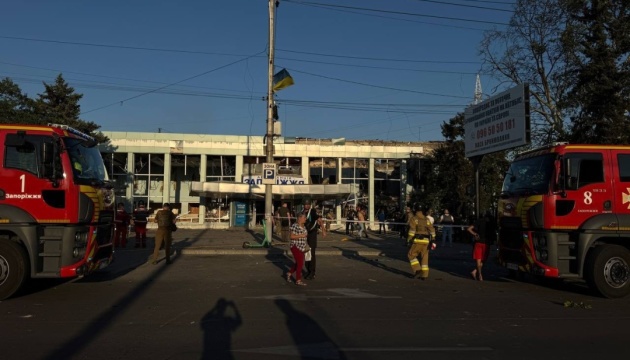


Professor of Russian politics says ‘symbolism of holding the Trump-Putin summit in Alaska is horrendous’

© Reuters


A drone attack struck the Komi Republic, located about 2,000 km from Ukraine’s border, marking the first such incident since Russia’s full-scale invasion began. An air raid alert was declared in Ukhta, local officials confirmed.
The strike unfolded just days before a highly anticipated summit scheduled for 15 August in Alaska between US President Donald Trump and Russian President Vladimir Putin, intended to explore a ceasefire and potential peace agreement. Trump has openly suggested the discussions may involve “some swapping of territory,” a proposal strongly rejected by Ukraine and its European allies.
Telegram channels and eyewitnesses said the Lukoil-Ukhtaneftepererabotka oil refinery was the target. Residents reported loud explosions, followed by the arrival of fire trucks, ambulances, and other emergency crews. One drone reportedly crashed near the plant, but no fires or hazardous emissions were recorded.
Ukraine hits Komi for the first time — 2,000 km from the front.
— Euromaidan Press (@EuromaidanPress) August 10, 2025
Drones struck the Lukoil refinery in Ukhta, damaging fuel tanks & a gas unit supplying Russian forces.
Analyst Yan Matveev notes the UAV had long wings, glider-like, clearly built for range. pic.twitter.com/5jdx6NNUUe
The Syktyvkar No. 12 channel reported evacuations at the Yarmarka shopping mall and the nearby refinery. Residents in Ukhta and Syktyvkar experienced mobile internet outages, and flights at Ukhta airport were temporarily restricted, according to Rosaviatsiya. Acting Komi head Rostislav Goldstein said no one was injured.
RBC-Ukraine, citing sources at Ukraine’s Main Directorate of Intelligence (HUR), reported the attack was part of a special operation against a facility supplying fuel and lubricants to Russian forces. Ukrainian sources said drones hit a fuel storage tank, causing a spill, and damaged a gas-condensate processing unit used for producing propane-butane and gasoline.
Recent days have seen multiple drone attacks deep inside Russia:
Komi, until now untouched by the war, has become the latest target in a widening campaign of long-range strikes.
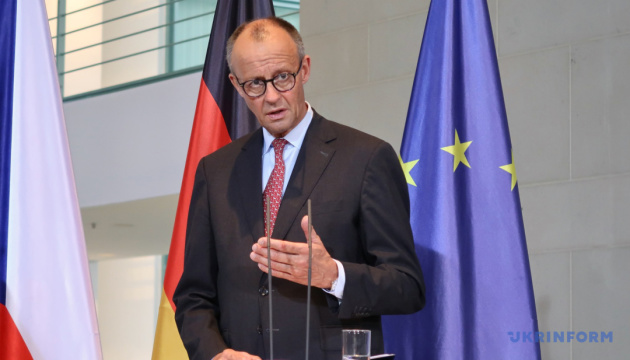

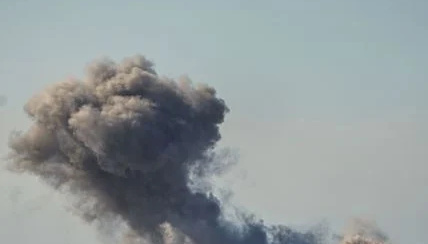

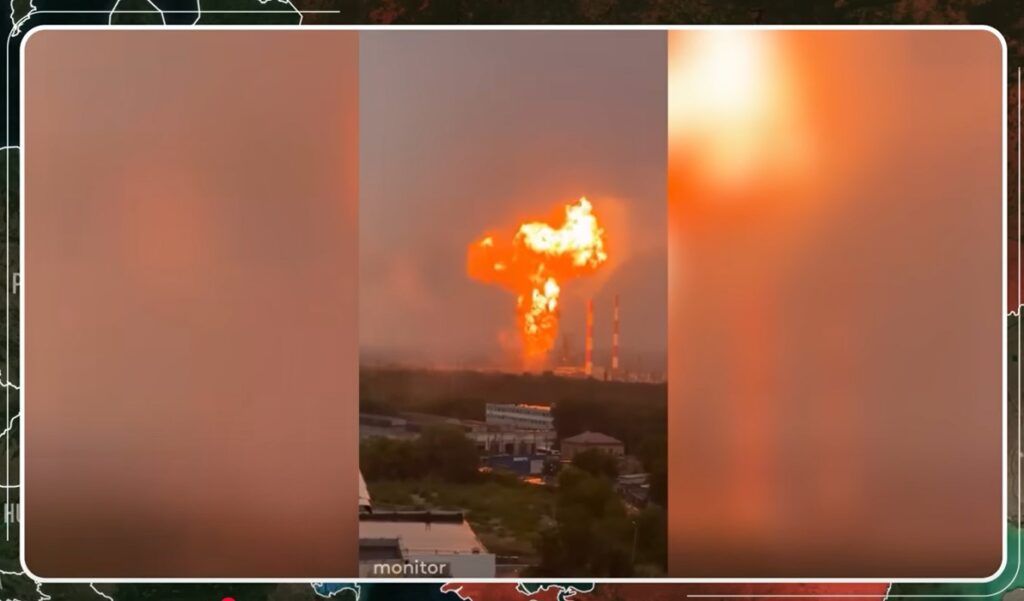

Today, as Russian authorities were trying to repair the damage to oil refineries from previous Ukrainian attacks, the Ukrainians dealt them another devastating blow. By starting a new wave of strikes with long-range drones, the Ukrainian army targeted Russian oil production facilities to disrupt this key enemy source of income. Ukrainian forces have reignited their strategic campaign against Russia’s oil infrastructure, resuming targeted drone strikes on critical refineries after a calculated pause.
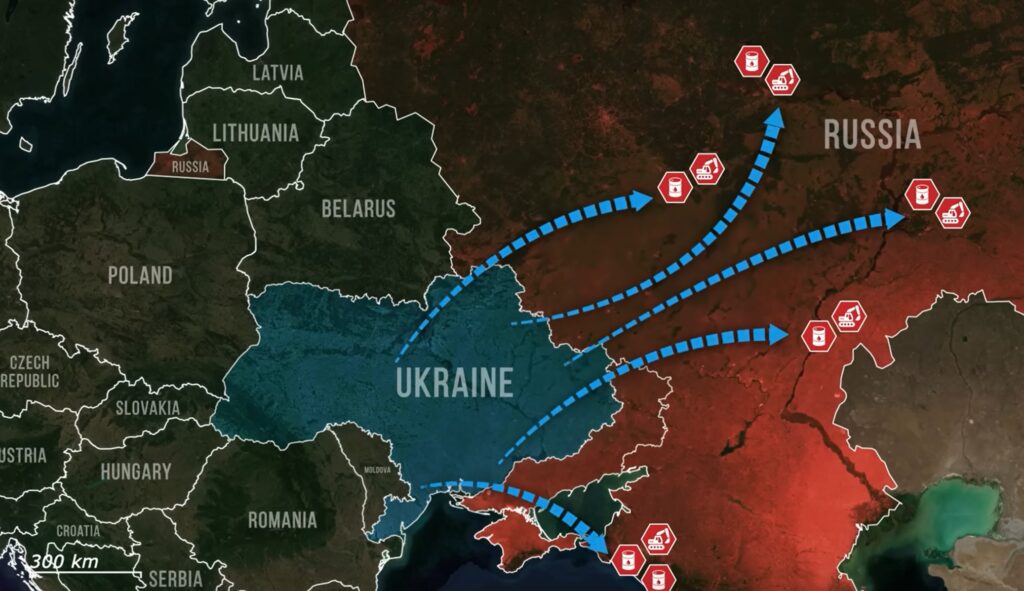
After concentrating on disabling Russian air defenses and radars in the past month, Ukrainian military leaders patiently allowed Russia to begin costly restoration efforts at previously damaged facilities. Once Russian repair crews and specialized equipment were fully engaged, Ukrainian drones decisively struck again, inflicting severe economic and logistical damage while simultaneously eroding Russia’s internal narrative of security.
In Samara Oblast, Ukrainian long-range Liutyi drones successfully attacked the Novokuybyshevsk Petrochemical Company, one of Russia’s largest oil-processing plants. Drone strikes severely damaged the facility’s primary oil refining unit, critical for crude purification and fractioning processes into gasoline, diesel, kerosene, and fuel oil. Videos confirm large-scale fires burning uncontrollably for hours, forcing authorities to shut down Samara airport and restrict mobile internet access to control information leaks. The Novokuybyshevsk refinery alone represents a daily capacity of over 177,000 barrels—almost 5% of Russia’s national refining capability.
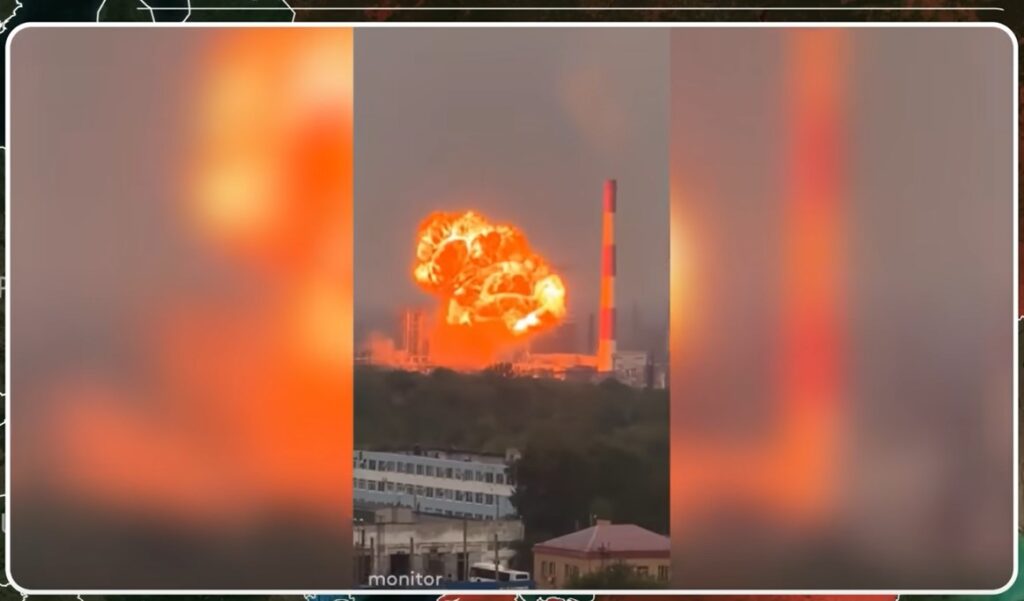
In a similar attack, Ukrainian drones struck the Ryazan refinery, number 3 in Russia’s largest oil refineries, processing 340,000 barrels daily. This refinery produces 840,000 tons of aviation kerosene annually, nearly 9% of Russia’s total output, a vital resource for Russian air operations. It is situated next to—and directly supplies—the Dyagilevo strategic bomber airbase, from where Russian bombers target Ukrainian cities and military bases deep behind combat lines. Footage captured massive fires and explosions, contradicting official Russian claims of minor damage.
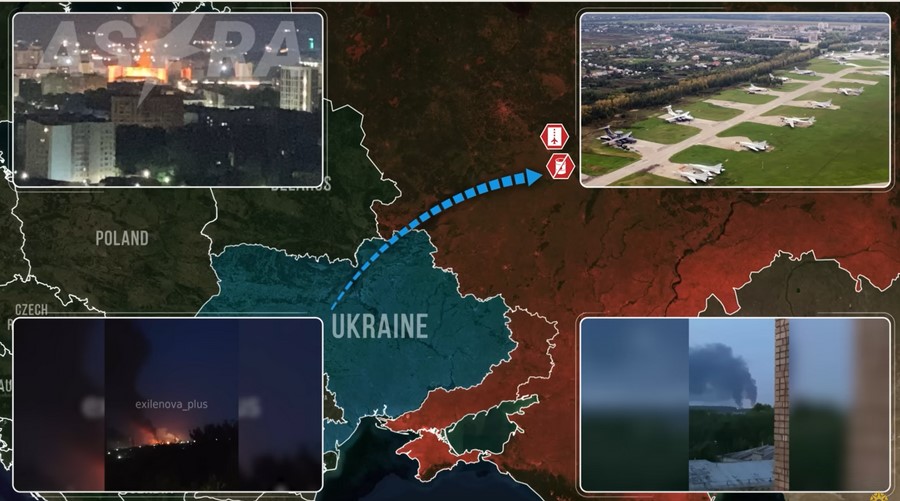
Such strikes significantly degrade Russia’s capability to sustain air operations, directly benefiting Ukrainian defense efforts. Russia’s strained air defenses, already weakened by relentless Ukrainian targeting, are becoming increasingly ineffective, forcing Moscow to deploy outdated systems and rush production of air defense missiles, causing more defects. Such desperation recently resulted in a friendly fire incident near Sochi, where a Russian missile intended for a Ukrainian drone veered toward urban areas, causing civilian casualties.
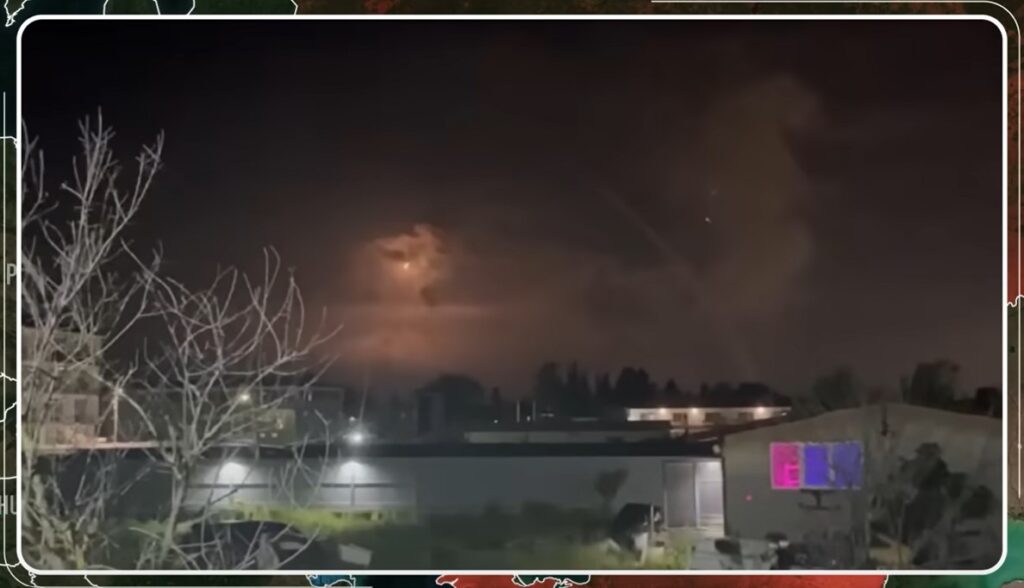
Meanwhile, Ukrainian drone strikes inflicted serious damage on oil storage depots in Sochi and Adler, igniting tanks at Lukoil and Rosneft facilities. Krasnodar Governor Veniamin Kondratyev confirmed deployment of over 120 firefighters to control the blaze at a major depot storing 2,000 cubic meters of fuel. Yet, local authorities responded by attempting to identify and punish residents who shared visual evidence of the successful strikes online.

Additionally, Ukraine hit the refinery in Kstovo near Nizhny Novgorod, an already damaged facility previously targeted in January. The renewed strike represents Ukraine’s tactic of exploiting Russian vulnerabilities after costly restoration efforts. Another drone attack sparked a large fire at an oil facility in Volgograd, underscoring Ukraine’s renewed campaign against Russian oil infrastructure.

The strategic secret behind Ukraine’s approach lies in carefully timed repetition strikes. Allowing Russians to rebuild and re-staff targeted refineries before striking again magnifies economic damage and drains resources. The psychological impact on Russian society is equally devastating, publicly demonstrating the Kremlin’s inability to secure vital assets. This persistent vulnerability undermines the government’s image, dismantles official assurances of safety, and weakens public morale.
Overall, these coordinated drone assaults degrade Russia’s military capacity, cut critical fuel supplies, and limit oil export revenues used to fund the war.
In our regular frontline report, we pair up with the military blogger Reporting from Ukraine to keep you informed about what is happening on the battlefield in the Russo-Ukrainian war.






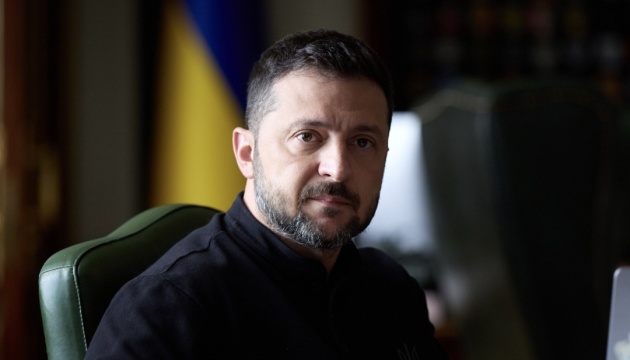



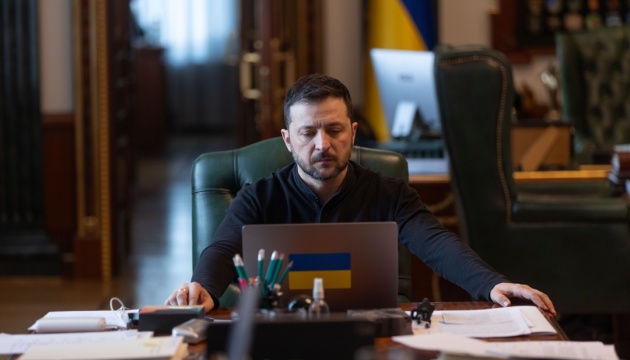




Donald Trump’s administration says it believes Ukraine’s hopes of forcing Russia out of occupied territory are ‘unrealistic’

© via REUTERS


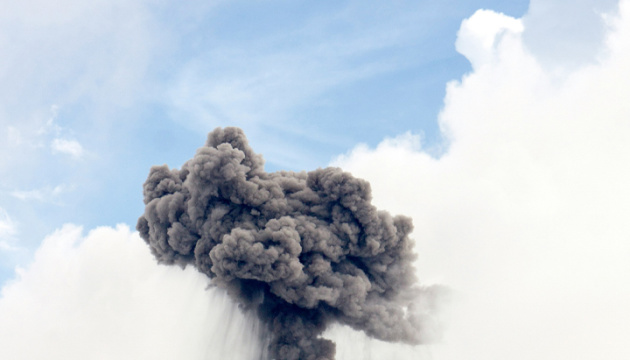



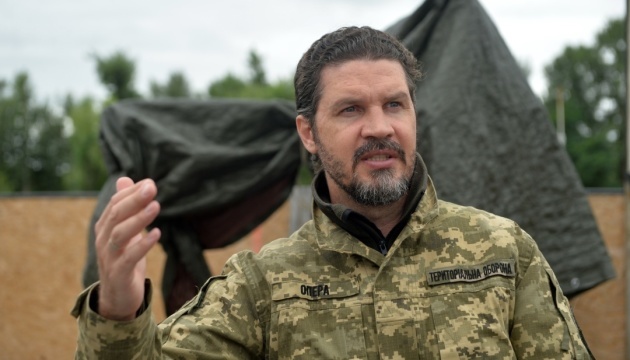

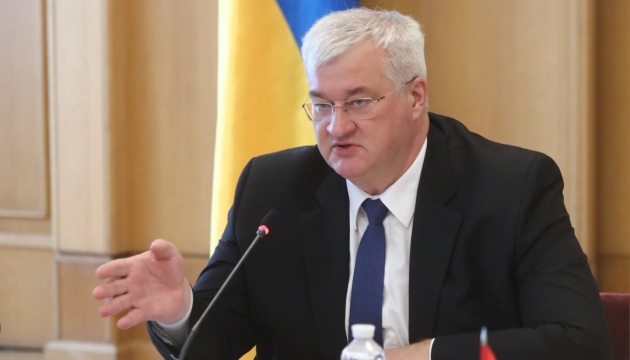

Ukraine’s Ministry of Foreign Affairs has condemned remarks by Slovak Prime Minister Robert Fico, who compared Ukraine to “grass” that suffers when “elephants” fight, referring to the upcoming Trump-Putin meeting in Alaska.
The Ukrainian foreign ministry called Fico’s comments “openly offensive rhetoric” against Ukraine and its people.
“It is regrettable that the head of government of a European Union member state allows himself openly offensive rhetoric towards Ukraine and the Ukrainian people, who heroically fight Russian aggression every day, restraining it on their land in the interests of the security of all Europe,” the ministry reported.
Fico made the remarks while commenting on the scheduled 15 August negotiations between US President Donald Trump and Russian President Vladimir Putin in Alaska regarding ending Russia’s war against Ukraine.
The Slovak leader invoked what he called an African proverb: “Remember the old African truth that I so love to repeat? Whether elephants are fighting or having sex, the grass always suffers. However the negotiations of the elephants end on 15 August, the grass will suffer – in this case, Ukraine.”
The Ukrainian foreign ministry warned the Slovak politician against using “unfriendly folkloric allegories” and accused him of attempting to “raise his party’s political ratings through such statements,” calling this “frivolity.”
“Against this backdrop, Robert Fico’s statements are dissonant with the spirit of good neighbourliness, solidarity and mutual respect that the Slovak people have demonstrated towards Ukraine throughout this time. Therefore, with his statements, Mr. Fico insults his own people as well,” the foreign ministry said.
The diplomatic exchange comes after the expiration of Trump’s 10-day deadline to the Kremlin on 8 August, after which the US could have imposed secondary sanctions against Russia. However, no such sanctions were implemented. Instead, Trump announced he would meet Putin on 15 August in Alaska, stating he was awaiting Putin’s response regarding progress in peace negotiations.
Ukrainian President Volodymyr Zelenskyy said that Ukraine is prepared to work with the US leader and international partners for just peace, but ruled out any territorial concessions to Russia.


